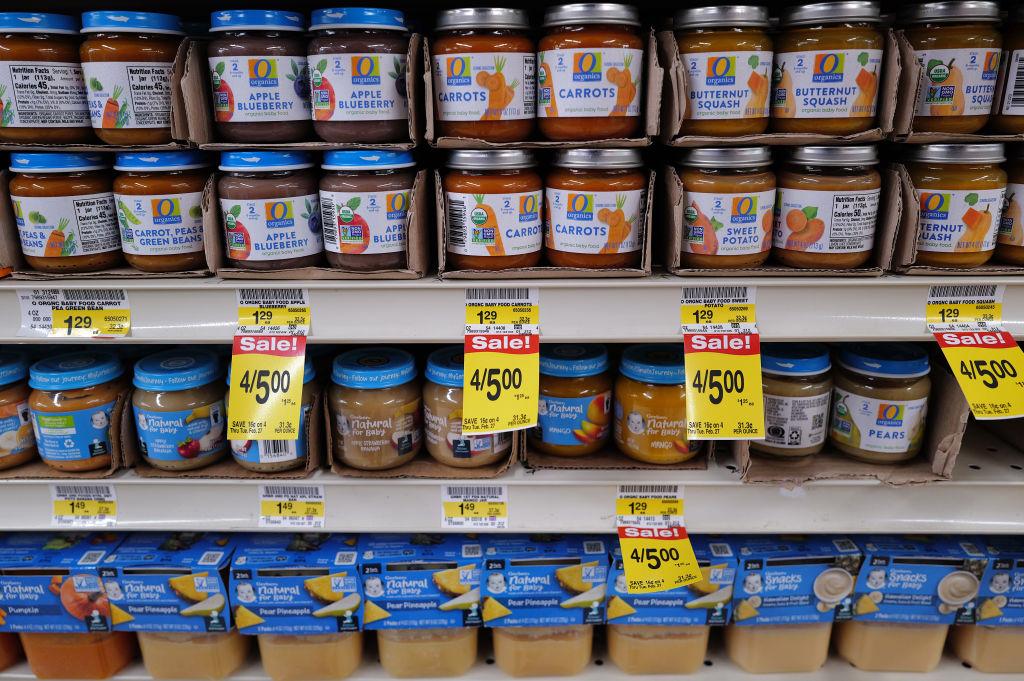A monthly measure of prices paid for goods and services by businesses rose at a slower-than-expected pace in December 2024, temporarily relieving economists concerned about renewed inflationary pressures.
This came in below the market forecast of 0.3 percent.
On a year-over-year basis, PPI inflation increased to 3.3 percent from 3 percent in the previous month. This was slightly below the consensus forecast of 3.4 percent.
Last month’s price rise for final demand was mainly fueled by a 0.6 percent boost in goods inflation. Prices for final demand services remained unchanged.
The PPI boost in the goods category was driven by higher prices for gasoline, residential electric power, meat, motor vehicles, and fresh fruits.
On the services front, transportation and warehousing surged by 2.2 percent.
Core wholesale prices, excluding the fluctuating energy and food sectors, remained steady at 0 percent inflation. Year over year, they rose by 3.5 percent, which was below expectations.
In 2024, the PPI excluding food, energy, and trade registered an annual increase of 3.3 percent, surpassing the 2.7 percent rise observed in 2023.
Economists monitor producer prices closely since they are early in the supply chain and can serve as a gauge for future consumer price inflation.
Market Reaction
Investors cheered the PPI report as the leading benchmark indexes popped before the opening bell.The blue-chip Dow Jones Industrial Average, the tech-heavy Nasdaq Composite Index, and the benchmark S&P 500 Index rose by as much as 0.8 percent after the latest inflation data.
U.S. Treasury yields dipped, with the benchmark 10-year yield sliding below 4.78 percent.
The U.S. dollar index added to its losses, falling below 109.50. The index measures the greenback against a basket of weighted currencies, including the euro and Japanese yen.
Charlie Ripley, senior investment strategist for Allianz Investment Management, says the wholesale price data were encouraging.
“The weakness was broad-based across most components with the exception of energy, where we saw a noticeable increase in gasoline prices last month and some strength in airline pricing,” Ripley said in a note emailed to The Epoch Times.
“Market reaction in the bond market was relatively muted, but we are expecting a wider range of outcomes following tomorrow’s release on the latest consumer price data.”
The next inflation report, the consumer price index, could trigger a significant market move, says Jay Woods, chief global strategist at Freedom Capital Markets.

“Look at how it reacted to Friday’s unemployment report. Any data that exceeds economists’ projections will question the need for any rate cuts in the foreseeable future,” Woods said in a note emailed to The Epoch Times.
The December 2024 consumer price index (CPI) report will be released on Jan. 15.
“Many, including myself, have called inflation sticky or stubborn,” Woods said. “At what point do we call this increase a trend?”
The Federal Reserve has acknowledged that the road to its 2 percent inflation objective has stalled. Recent data suggest that inflation is proving stickier than expected, with investors anticipating that the central bank will pause its rate-cutting cycle until June.
Federal Reserve Chair Jerome Powell attributed the hawkish stance to inflation risks, likening the situation to “driving on a foggy night or walking into a dark room full of furniture. You just slow down.”
Greg McBride, chief financial analyst at Bankrate, notes that if the Fed wants to continue cutting interest rates, policymakers need to observe inflation moving consistently lower.
The November 2024 CPI report highlights higher costs for food, fuel oil, and gasoline.
“Whether these prove to be anomalies or the resurgence of a trend is something that will be evaluated in this month’s CPI release and for the next few months,” McBride said in a statement to The Epoch Times.
Despite growing skepticism that inflation is returning to 2 percent, Fed governor Christopher Waller is confident that inflation will continue slowing and that the central bank can keep cutting interest rates this year. He alluded to the six-month underlying inflation trend and the better-than-expected November 2024 personal consumption expenditures price index.







